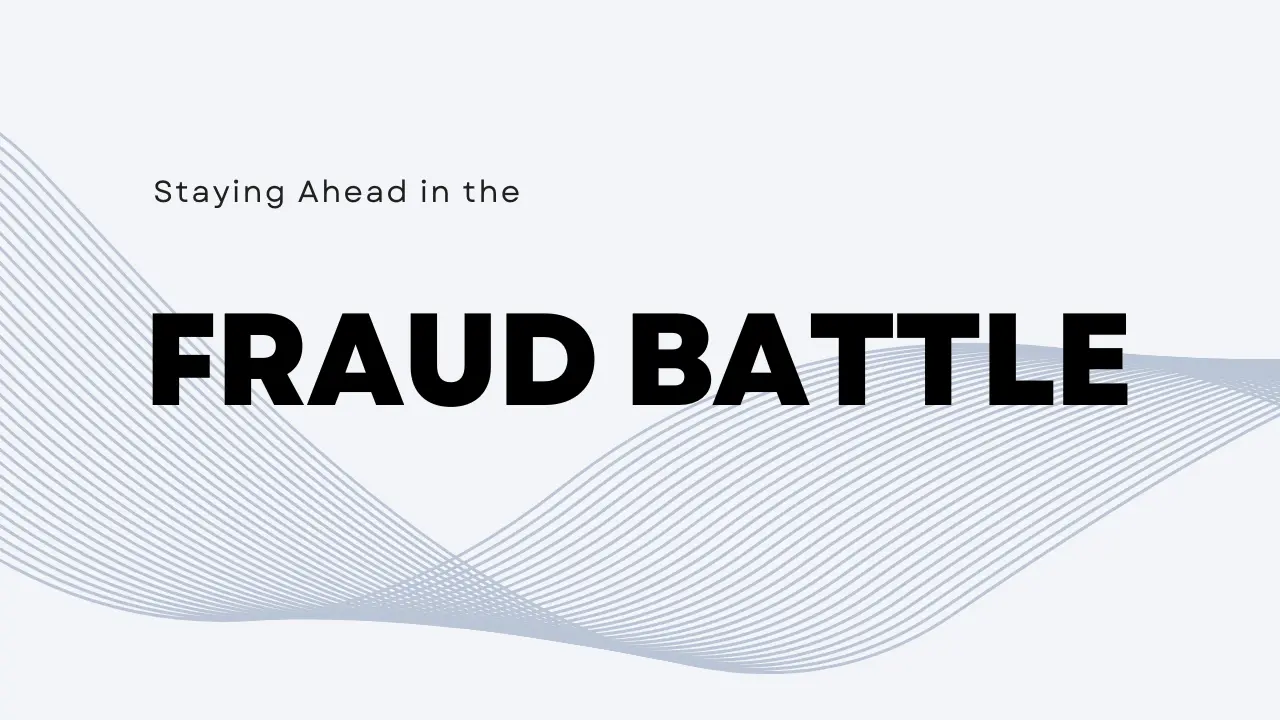Staying Ahead in the Fraud Battle

Why Fraud Prevention Matters More Than Ever
Fraud is no longer just an occasional risk—it has become an everyday challenge for businesses, governments, and even individuals. With technology advancing at lightning speed, fraudsters have more tools at their disposal, making it harder to spot their schemes. The costs are more than financial; fraud damages trust, credibility, and long-term stability. Just as people sometimes turn to debt relief in New York to escape overwhelming financial pressures, organizations often look for comprehensive strategies to recover from fraud. But unlike debt, prevention is always better than cure when it comes to fraud. Staying ahead requires constant vigilance and a well-rounded plan.
Early Detection Is the First Line of Defense
The quicker fraud is identified, the less damage it can cause. Early detection relies on both technology and human awareness. Businesses should monitor transactions in real time, looking for unusual activity or suspicious patterns. Employees, too, play a key role by recognizing red flags and reporting them without hesitation. Training staff to spot unusual invoices, duplicate charges, or requests for sensitive data helps build a culture where fraud is less likely to go unnoticed.
Related Article: From Education to Practice: How to Excel in Your Nursing Career
Harnessing Advanced Technology
Technology is one of the most powerful tools in fighting fraud. Artificial intelligence and machine learning can analyze vast amounts of data, identifying trends and anomalies that humans might miss. Fraud detection software can flag suspicious behavior, such as sudden changes in spending patterns or attempts to access secure systems. Biometric tools like fingerprint or facial recognition add another layer of protection, making it harder for criminals to impersonate legitimate users. By investing in the latest technology, organizations strengthen their ability to outpace fraudsters.
Continuous Learning and Adaptation
Fraud tactics are constantly evolving, which means defenses must evolve as well. Continuous learning ensures that teams remain prepared for new types of attacks. This includes keeping up with industry trends, attending training sessions, and regularly updating policies. Organizations that treat fraud prevention as an ongoing process rather than a one-time fix are better equipped to respond when fraudsters try new tricks. Learning from past incidents, both within and outside the organization, also sharpens defenses for the future.
Building a Proactive Defense Strategy
Being proactive means putting safeguards in place before fraud even occurs. This might involve running background checks on vendors, implementing strict access controls, or conducting regular audits. Clear internal policies, such as requiring multiple approvals for large transactions, can reduce opportunities for fraud. Encouraging transparency within the organization also helps create accountability. When employees understand that fraud prevention is a shared responsibility, they are more likely to act with integrity.
Balancing Security With Customer Experience
One challenge organizations face is keeping systems secure without frustrating customers. Overly complex processes can drive people away, while lax security invites fraud. The key is balance. For example, multi-factor authentication adds security but remains user-friendly when designed well. Offering customers education about fraud prevention also helps them feel engaged rather than inconvenienced. A thoughtful approach ensures that security measures build trust instead of creating barriers.
Collaboration Makes a Difference
No organization can fight fraud alone. Collaboration with banks, regulators, and even competitors can improve overall defenses. Sharing information about emerging threats helps industries respond quickly and effectively. Government agencies often provide resources and alerts that organizations can use to strengthen their protections. Building networks of trust and cooperation ensures that fraudsters have fewer places to hide.
The Human Element in Fraud Prevention
Despite all the technology, people remain the heart of fraud prevention. Encouraging ethical behavior, rewarding honesty, and maintaining open communication create an environment where fraud is less likely to thrive. Leadership plays a critical role by modeling transparency and integrity. When employees feel supported and valued, they are less tempted by fraud and more committed to protecting the organization’s assets.
Related Article: Corporate Gift Baskets Ideas
Final Thoughts
Staying ahead in the fraud battle requires more than one solution—it’s about combining early detection, advanced technology, continuous learning, and proactive defense. By treating fraud prevention as a team effort and embracing both human and technological strengths, organizations can protect themselves against evolving threats. Much like individuals who seek solutions such as Debt Relief in New York to overcome financial challenges, organizations must remain proactive and adaptive to safeguard their futures. In the end, the strongest defense against fraud is a culture of awareness, accountability, and resilience.





